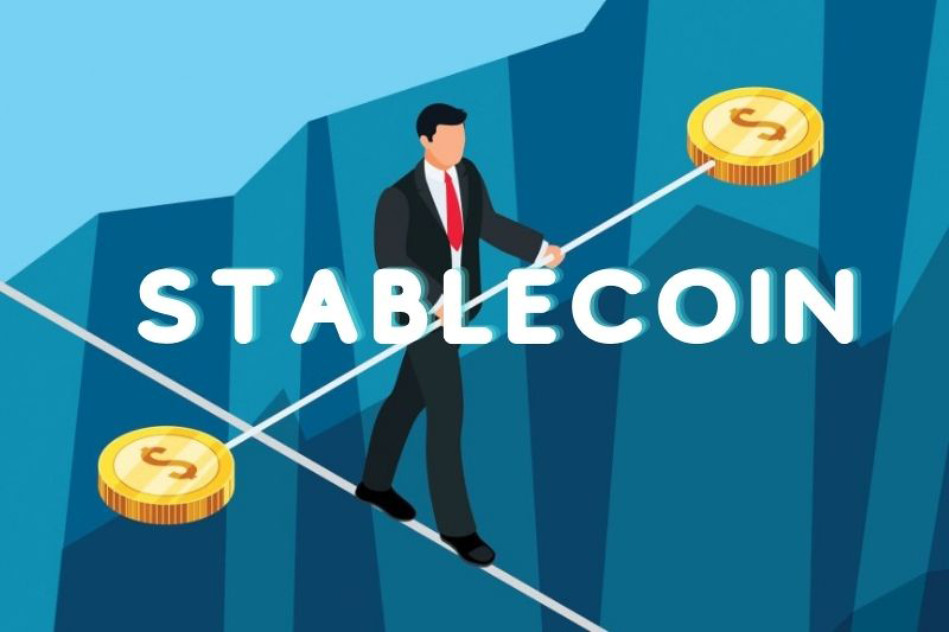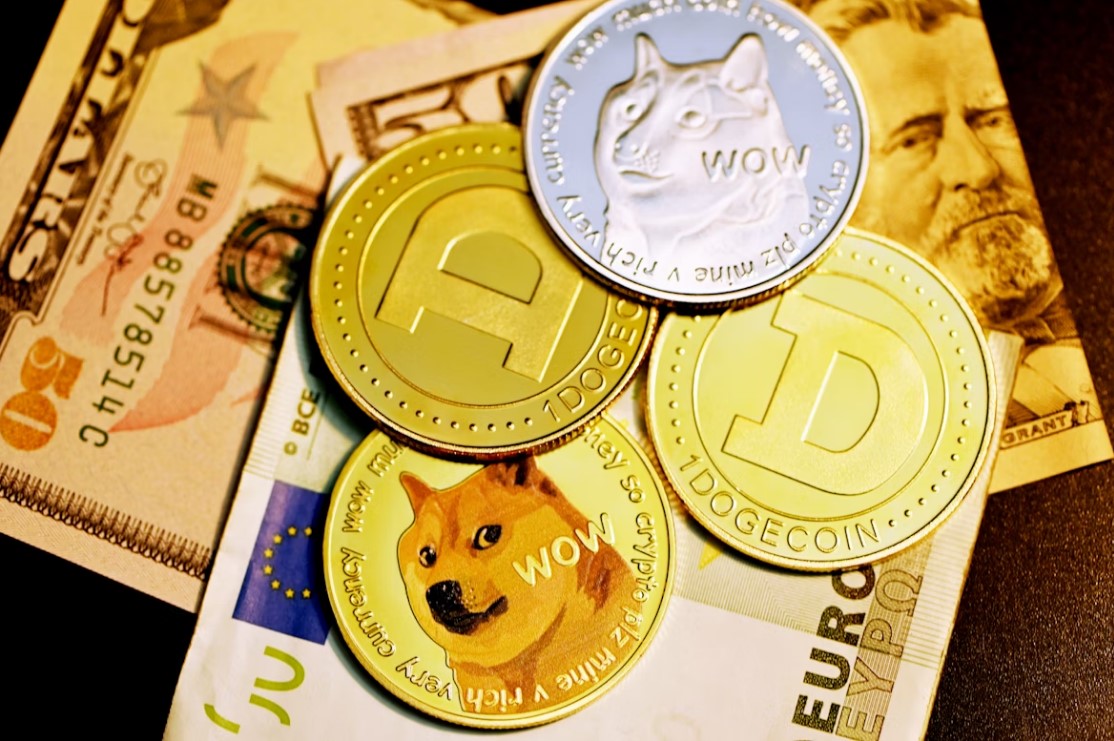
The Digital Euro Association (DEA) has released a report that proposes Europe can utilize stablecoins for machine-to-machine (M2M) payments, which are a rapidly expanding category of financial transactions.
The report, titled “The Future of Machine Money – Opportunities for Stablecoins in Europe.” Highlights the potential of stablecoins to support the development of the Internet of Things (IoT) in Europe.
Stablecoins: Enhancing Scalability & Minimizing Intermediary
The DEA believes that stablecoins could enhance scalability and reduce or even eliminate intermediaries, thus mitigating usability and security challenges posed by APIs. Furthermore, M2M payments offer an opportunity for Europe to take advantage of stablecoin technologies more extensively. As many of their features are more relevant elsewhere.
The report claims that stablecoins could promote automated micropayments that will allow Europe to maintain its digital competitiveness once regulations are in place. M2M micropayments have diverse use cases in industrial, home, and office settings. Additionally, such as managing charges for shipping containers, cloud storage, and other services.
The European Central Bank has not prioritized M2M payments in the design of a digital Euro. However, incorporating stablecoins into the financial system may become essential.
Currently, Euro-pegged stablecoins are not as popular as USD-pegged stablecoins. For instance, Tether and Circle, the largest stablecoin issuers globally, have Euro-backed stablecoins in circulation.
Tether’s Euro Tether (EURT) has a market cap of $220,177,421, with over 200 million tokens in circulation, while Circle’s Euro Coin (EUROC) has a market cap of $33,873,712. In contrast, Tether’s USD-pegged stablecoin (USDT) has a market cap of $71 billion, and Circle’s USD-pegged stablecoin (USDC) has a market cap of $43 billion.
MiCA Law Sets Standard For Regulating Crypto-Assets
The European Union (EU) is considering cryptocurrency regulations, also known as Markets in Crypto Assets (MiCA). The MiCA legislation seeks to establish harmonized rules for crypto-assets at the EU level. It was approved by Parliamentary Committee in October 2022, nearly two years after it was first introduced in September 2020.
Wieder einen Schritt weiter…Das Ergebnis der Trilog-Verhandlung zu #MiCA wurde vom ECON-Ausschuss angenommen. Gute Nachrichten 👍🏼 https://t.co/z73pkZMYvO
— Stefan Berger (@DrStefanBerger) October 10, 2022
The final vote on MiCA has been delayed until April 2023, having been previously pushed back from November 2022 to February 2023. The MiCA aims to provide legal certainty for crypto-assets that are not presently covered by EU legislation.
Related Reading | Bitcoin ATMs Saw Decline: Over 400 Machines Disappear In 2 Months
In conclusion, the DEA’s report highlights the immense potential of stablecoins in M2M payments, particularly for developing the IoT. Incorporating stablecoins into the financial system may become necessary in the long run. Europe must prioritize regulations to enable automated micropayments to keep it digitally competitive.








